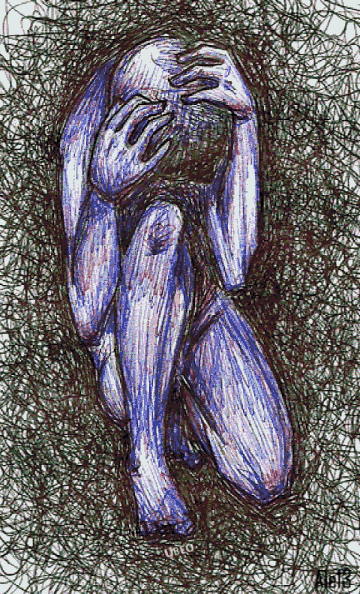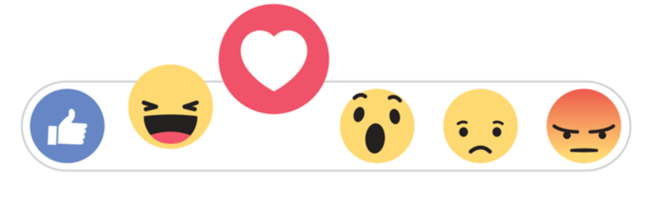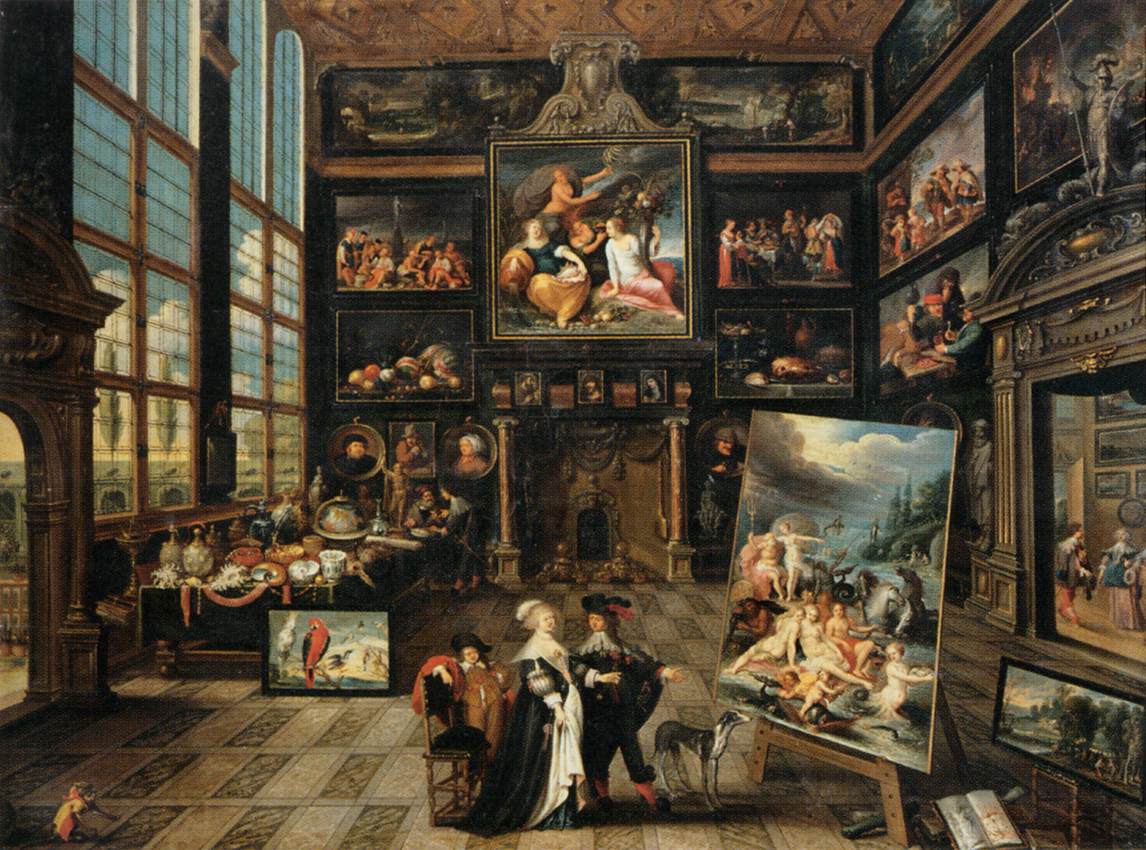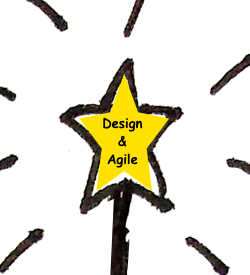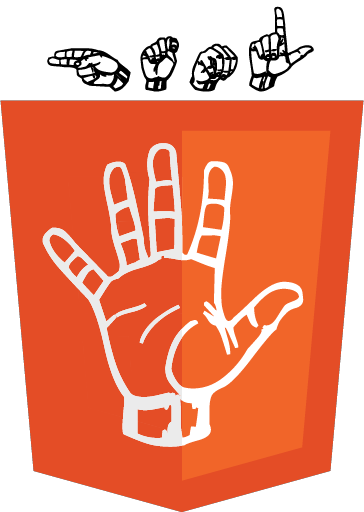Transforming App Development with AI, Part 1: Integrating AI Across the Development Lifecycle

AI is rapidly transforming app development by optimizing workflows, refining user experiences, and enhancing decision-making at every stage of the development lifecycle. From ideation to post-deployment, AI tools are enabling development teams to work smarter, and more efficiently. Here are some practical examples of how AI is transforming each phase of modern app development, as well as some recommended tools to get you started.

